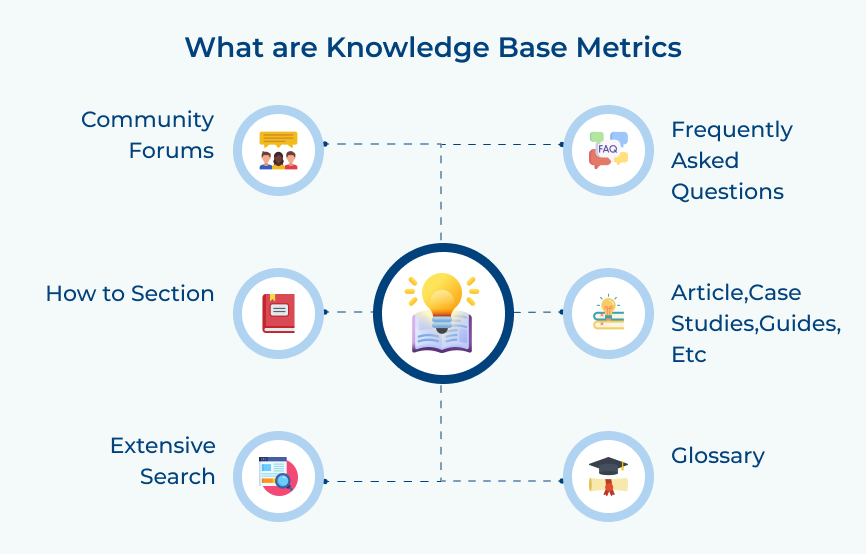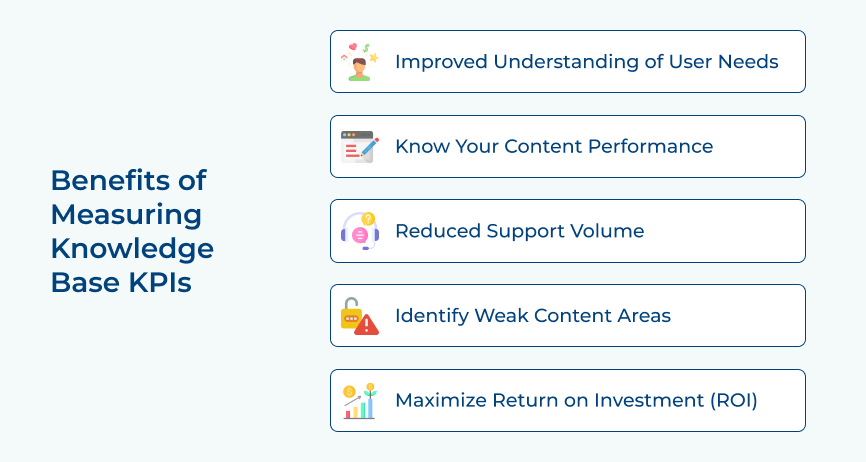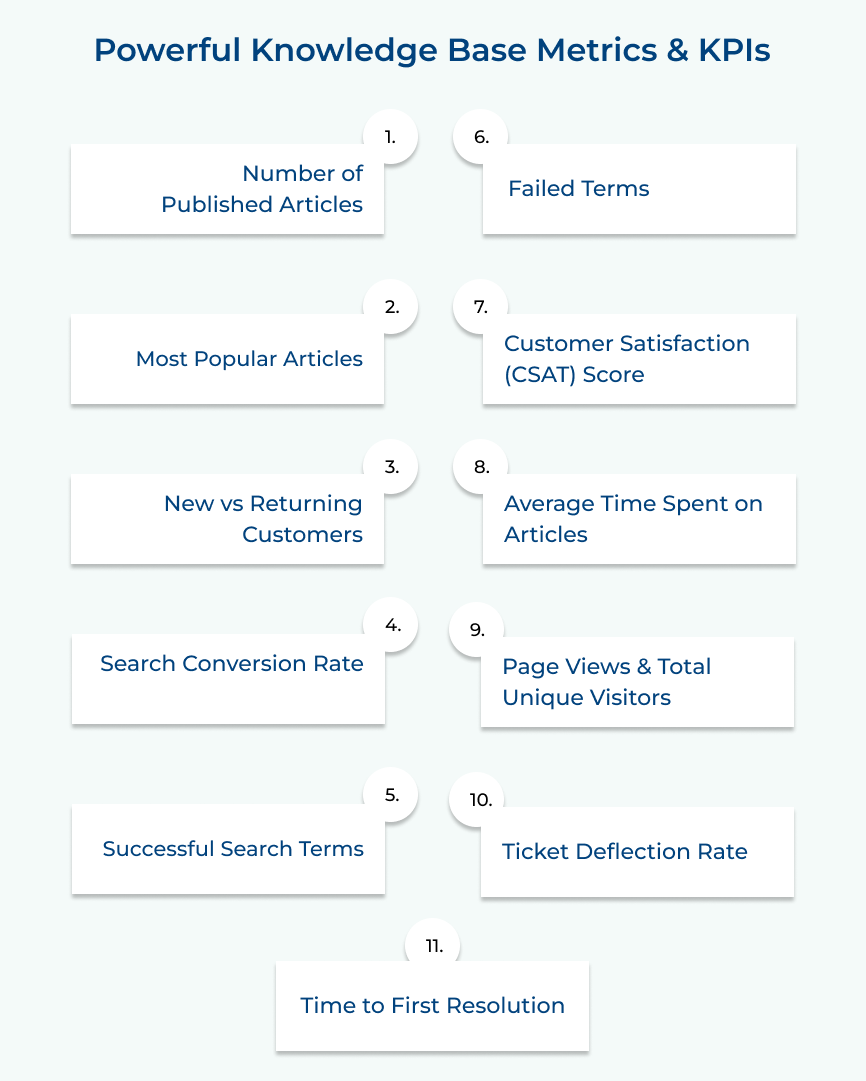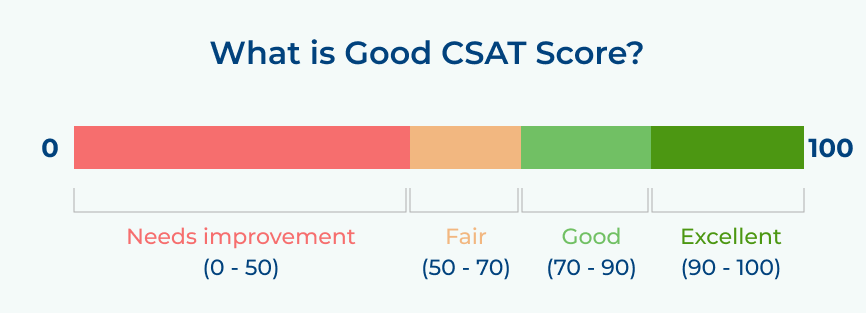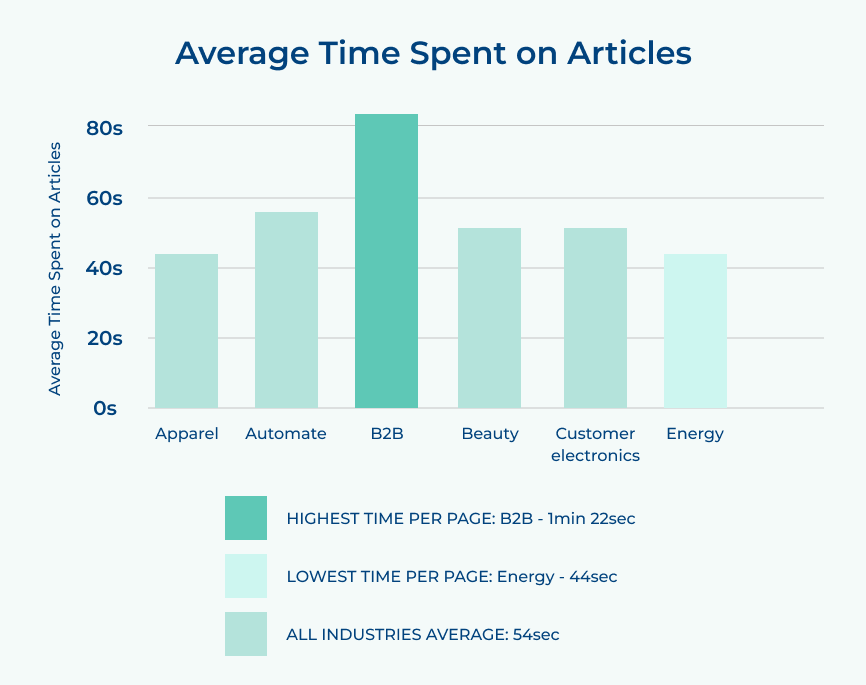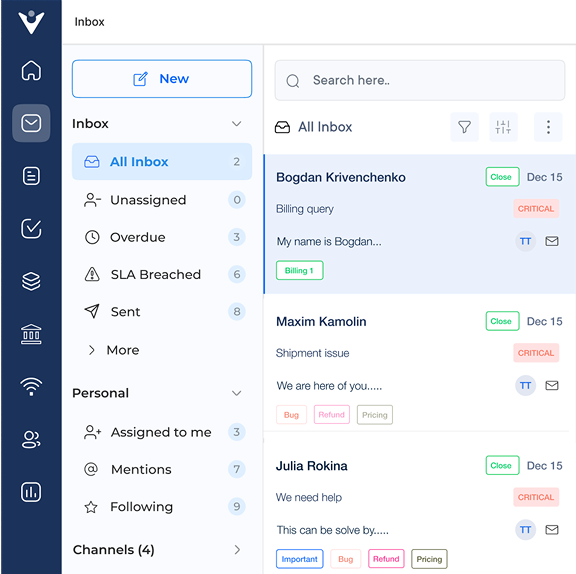Challenge 1: Inability to Track Meaningful User Engagement
Many businesses confuse high page views with meaningful engagement. When they focus only on surface metrics like traffic numbers, they often end up overlooking how users actually interact with the content or if it’s helping them at all.
Solution: Businesses must implement sophisticated analytics tools that track user behavior patterns, including time spent per article, scroll depth and interaction events. Along with that, create custom event tracking so that specific actions that indicate meaningful engagement are also tracked.
Challenge 2: Poor Data Quality and Inconsistent Measurement
Teams can often be seen working with incomplete or inaccurate data due to tracking implementation errors, inconsistent tagging and gaps in data collection. It compromises the reliability of KPI reporting and makes it difficult to make data-driven decisions.
Solution: Set up consistent methods for collecting data and routinely check for errors or gaps. Keep clear records of what’s being tracked and use a central dashboard to monitor data accuracy. Review your knowledge base regularly to make sure everything is measured the same way.
Challenge 3: Lack of Clear Success Metrics for Content Effectiveness
Many organizations find it difficult to measure how well their content is actually working. When there are no specific goals or ways to track results, it’s tough to know if the knowledge base is helping users or simply taking up space.
Solution: Define specific success metrics aligned with business objectives, such as ticket deflection rates and customer satisfaction scores. Create content scorecards that combine multiple metrics to provide a comprehensive view of article performance and impact on support efficiency.
Challenge 4: Insufficient Resources for Data Analysis and Reporting
Most teams either don’t have the time or the know-how to dig into KPI data properly. As a result, reports often stay at a basic level, offering little clarity on what’s working or how to make the knowledge base more useful.
Solution: Invest in automated reporting tools and dashboards that streamline data analysis. Provide training for team members on data interpretation and analysis techniques. Consider hiring dedicated analytics resources or partnering with data specialists for advanced analysis needs.
Challenge 5: Disconnected Metrics Across Support Channels
Many businesses track knowledge base performance separately from other support channels, which leads to an incomplete understanding of how customers seek help. If self-service data isn’t connected to the overall support experience, it’s hard to tell which parts are useful and which ones need fixing.
Solution: Implement cross-channel tracking and reporting capabilities that link knowledge base metrics with ticket data, chat logs and other support interactions. Create unified customer journey analytics that show how knowledge base usage impacts overall support effectiveness.
Scale Your Customer Support with the Right Knowledge Base KPIs & Metrics
Many businesses stay stuck in a reactive approach, addressing customer issues only after they surface, often leading to repeat problems and missed opportunities. Access to well-organized, data-backed insights allows teams to identify recurring pain points, track behavior trends and prioritize improvements based on real needs.
The shift from reacting to anticipating not only streamlines support efforts but also strengthens customer trust and long-term satisfaction. Measuring the knowledge base performance with the right KPIs & metrics, you can:
- Know exactly what kind of customer support is needed and which areas can be improved for a better customer experience.
- Gather vital customer insight that can help improve product features, pricing strategy, or marketing campaigns.
- Identify trends and issues across multiple customer touchpoints, from initial contact to resolution.






